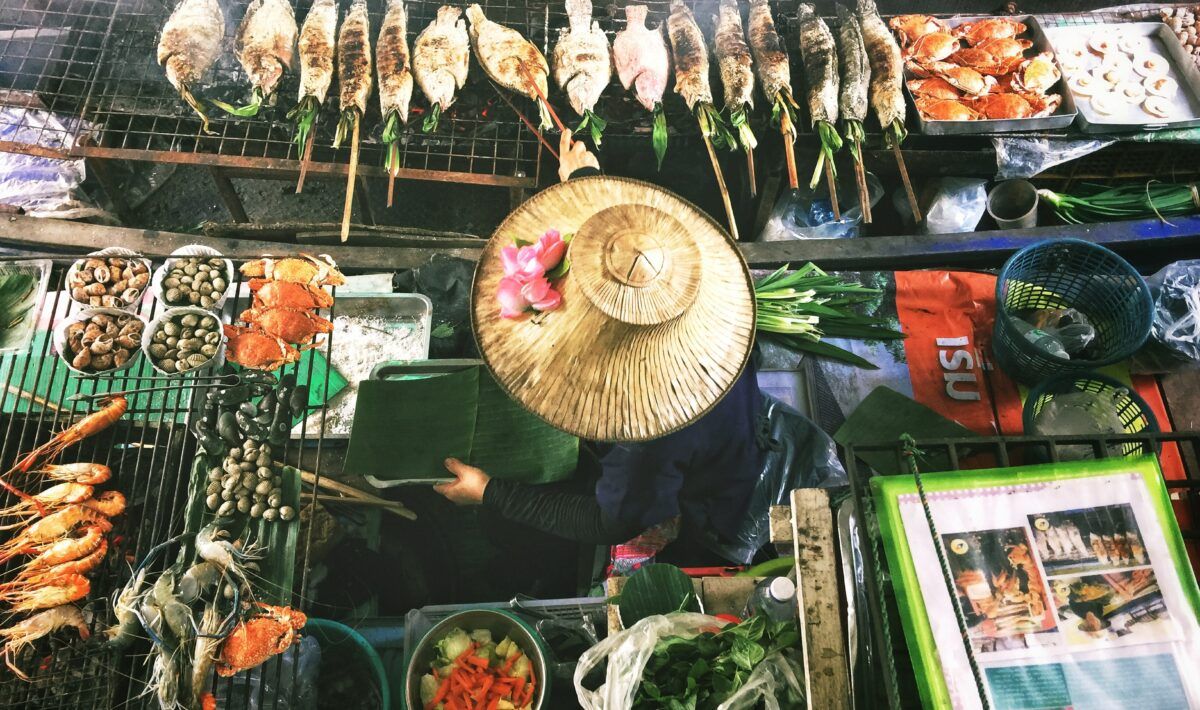These gastronomy experiences may appear harmless in Worst Foods but many culinary alternatives may contain hazardous microorganisms. We’ve gathered the most excellent medical advice to assist you in navigating the foreign culinary scene. Not even these specialists would consume some of these things, which range from berries to bats.
In the case of meat and fish, raw is best. It can jeopardize travelers’ guts and overall health if they eat raw meat and seafood while overseas, which should be obvious. It is possible to become ill by eating raw or undercooked meat or seafood, even in industrialized countries such as the United States.
The consumption of shellfish while traveling is strictly prohibited, even if it has been “cooked” with lemon juice or vinegar. May jeopardize your health and plans if you find yourself in a difficult situation. It’s also feasible that it will entirely sabotage your ideas in the process.
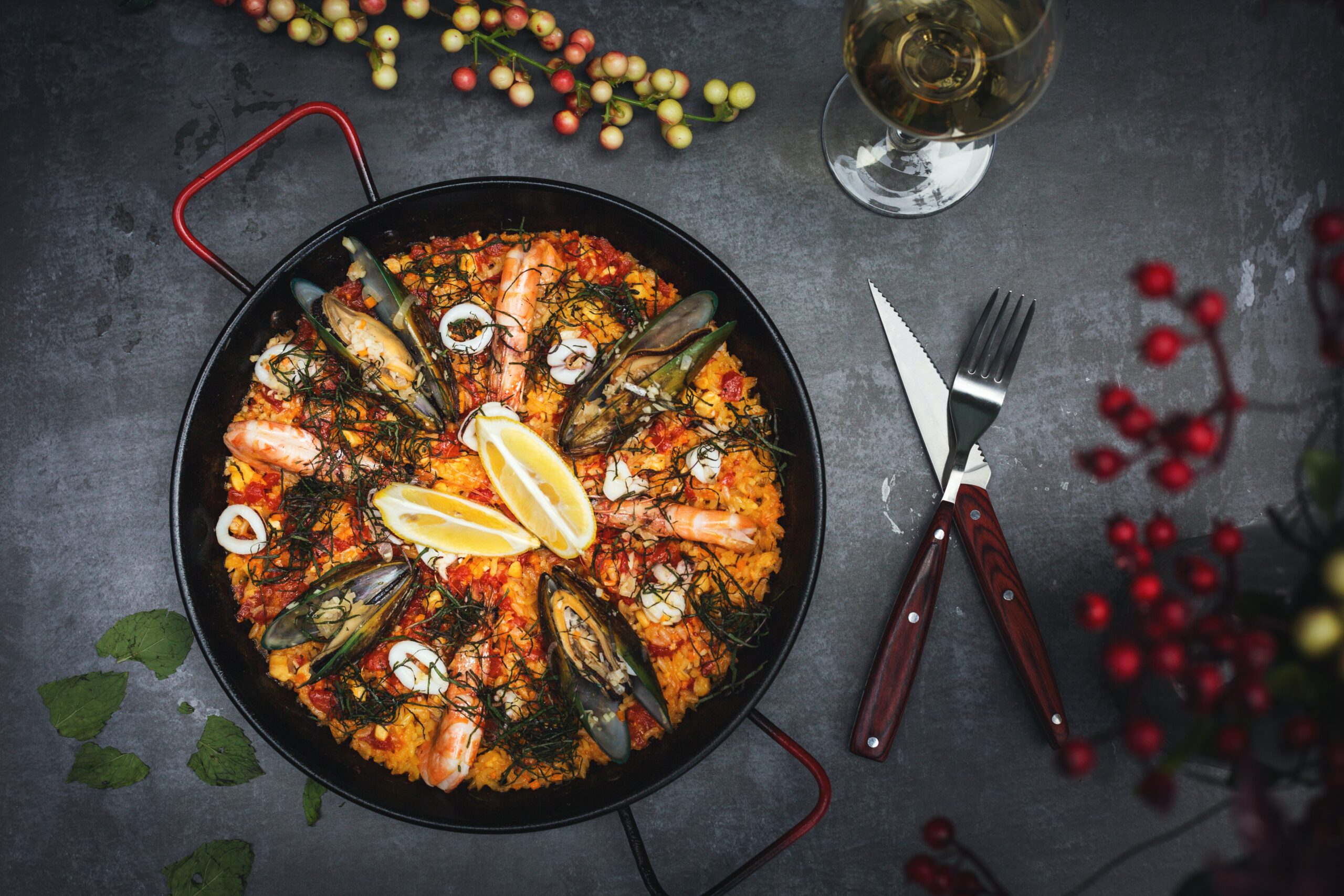
Bushmeat:
Bushmeat, such as bats, monkeys, and rodents, is also off-limits. According to the CDC, many diseases can be deadly if contracted from these animals, including Ebola and Severe Acute Respiratory Syndrome. If you’re looking through the meat selections available from the local street vendors, Asking what you’re eating is a smart habit to get into.
Berries:
When it comes to consuming fresh food, it’s best to avoid Worst Foods doing so without first peeling away the skin’s protective layer. Because the water in less developed countries is frequently not fit for human consumption. They are also putting their health at risk by eating food cleaned in this water.
Apples:
Aside from the obvious dangers of eating fresh fruit, apples are another Worst Foods that should be avoided. You should only eat an apple if you can wash it with water that is safe to drink before eating it. Peel it, too, to reduce your risk of spreading it to others.
Canned goods:
The author of The Essential Guide to Travel Health is a physician by training. There are certain health dangers associated with storing frozen foods in the freezer. Because of the repeated freezing and thawing of the food, this “high-risk” technique is ripe for developing hazardous microbes. The ice used to freeze these objects also can be contaminated, which complicates the situation even further.
Condiments and sauces:
Even though you don’t know what the sauce contains, it’s another thing to be careful about while traveling, says Wilson-Howarth. The first mistake you’ll make is if you ignore the ingredients. It could jeopardize your health if you consume contaminated water products or raw herbs and eggs. If you’re going to try some native sauces, make sure they’re hot and well-cooked before consuming them.
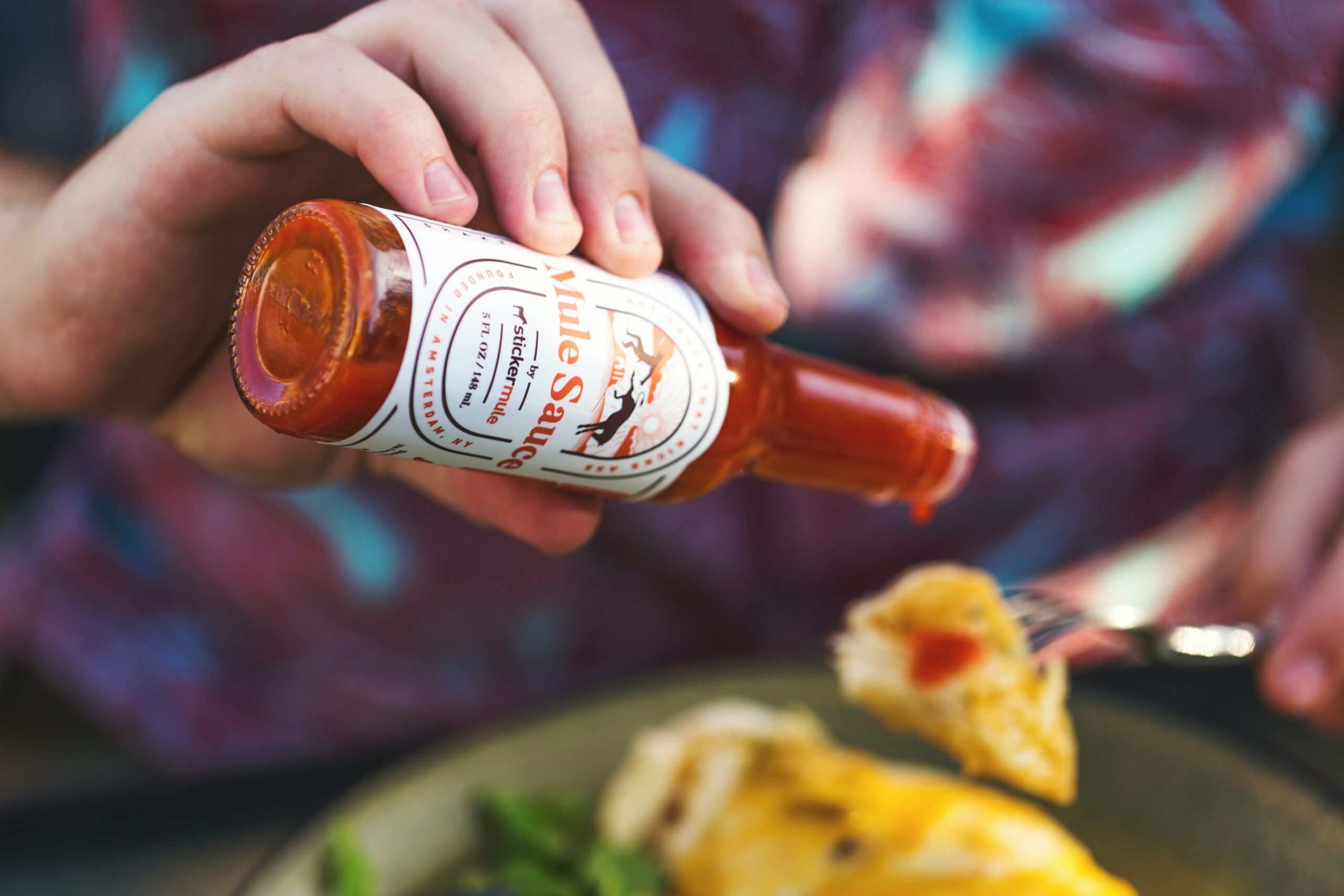
Shellfish:
Going all out on your trip by trying lobster, crab, and other crustaceans that you’ve never tried before is a bad idea to eat Worst Foods if you’ve never done so before. For starters, discovering that you are allergic to shellfish while abroad is a horrible idea. Because of the “bottom feeders,” they carry more bacteria than other types of seafood. Before consuming the food, check the label to ensure that it has been properly prepared and is safe to eat.
Vegetables in their natural state:
If you’re considering a trip to a new country, keep this in mind to avoid Worst Foods. As fruits and vegetables grow lower to the ground, they become more challenging to keep clean. I prefer packaged vegetables that have not been exposed to water if you want a fresh salad.
But be aware:
Can find Pre-cut fruits and vegetables in the produce section of the grocery store.When this symbol appears, a fruit has already been cleaned with local water, indicating that it is potentially harmful if consumed after that point in the preparation process.
In terms of lactose-free dairy products, they can be divided into the following categories:
Because the rules governing food differ from country to country, and many are less stringent than those in the United States. Should avoid unpasteurized dairy products at all costs. According to the FDA, Salmonella, E. coli, and Listeria are just a few of the potentially deadly pathogens found in them.
Food on the go:
They have been an integral element of Thai and Mexican cuisines and cultures for centuries. While most street food is entirely safe, you can avoid several Worst Foods by paying close attention to the details of what you’re eating. The following are things to keep an eye out for when looking to purchase food on the street. The first thing to consider is how sanitary the restroom is.
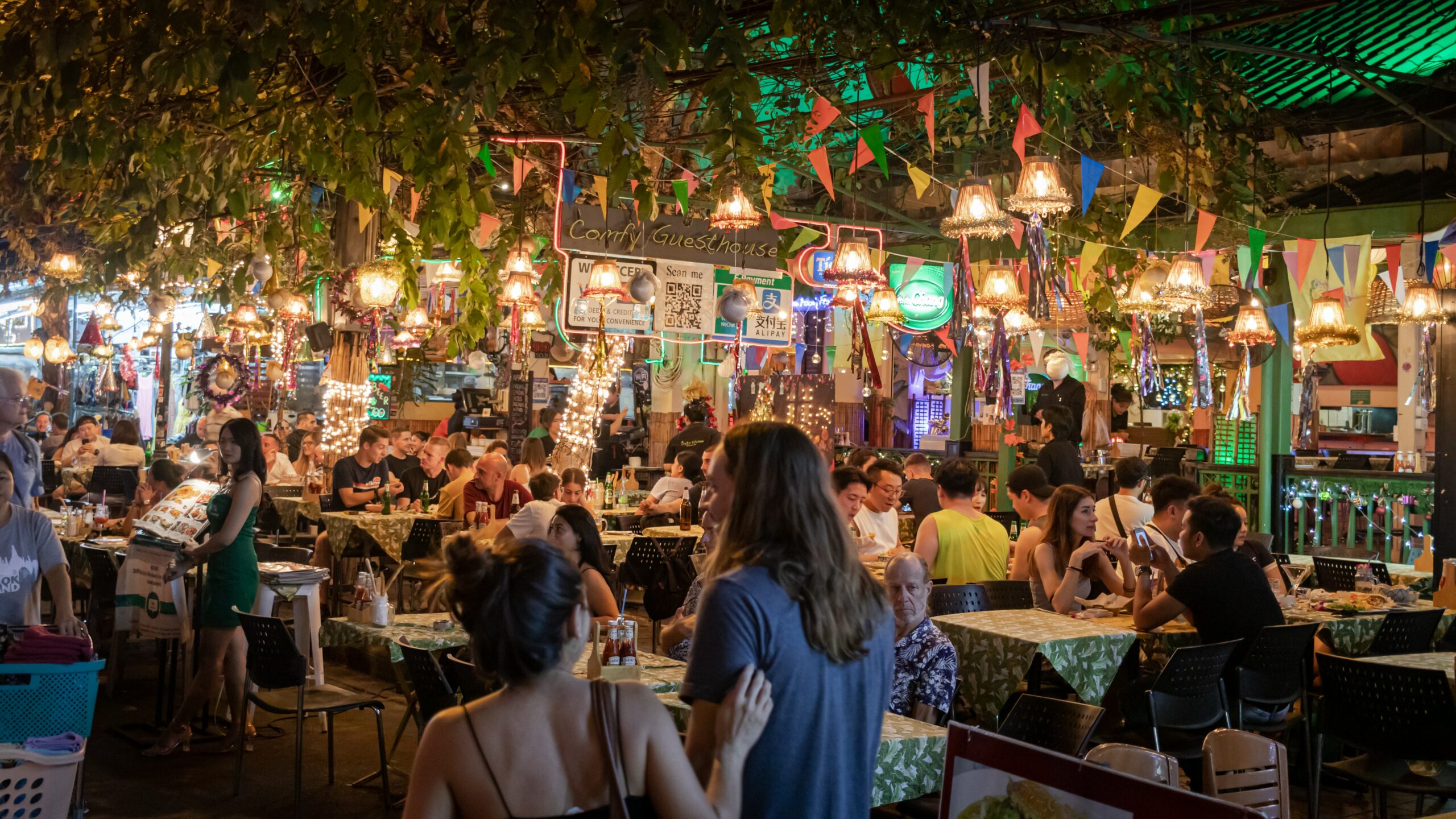
If the stall is strewn with food waste and debris, find a different area to eat instead. And how long have they been waiting? It’s okay to eat from the vendor if men, women, and children buy food from him. Finally, the risk of food contamination increases if the cook does not cover any of the meat supplied at the stall.
An ice cream:
Unfortunately, like other frozen foods, this travel essential is best left out of the Worst Foods equation. If you’re buying soft serve from a well-known chain or popular business, you may be able to get away with licking it. Small stands with no one in line selling ice cream are a significant red sign. Wilson-Howarth suggests a fruit sorbet with a higher acid content and fewer germs if you’re still desiring something sweet.
Ham and cheese on the grill:
Anyone in the United States who has a sensitive stomach should avoid eating any meat that hasn’t been freshly grilled, as has been said previously. Physician at Swedish Covenant Hospital and Roque-Ponton Medical Group S.C. in Chicago who specializes in family medicine and travel medicine. Only consume food that has been thoroughly prepared and is hot and steaming when you’re traveling. You don’t want to tamper with any cheese that has been left out in deli cases since it’s a breeding ground for bacteria.
Chicha:
Do not accept if a native tribe member offers you this local fermented drink when you’re in the Amazon Basin. A fermented beverage made from grains, maize, fruit, and saliva is called chicha or chichón. Cassava root is traditionally chewed and spit back into the stew by indigenous tribe women.
Empty restaurant food:
When it comes to winning and dining abroad, some instances raise warning flags. At whatever time of day or night, if a restaurant is vacant, it is because there is a reason for this, and you should not linger to find out what that reason is. Look for restaurants that are well-known both nationally and internationally, as well as locally. It’s not possible to witness the cooks in action at restaurants, unlike Worst Foods for street sellers.
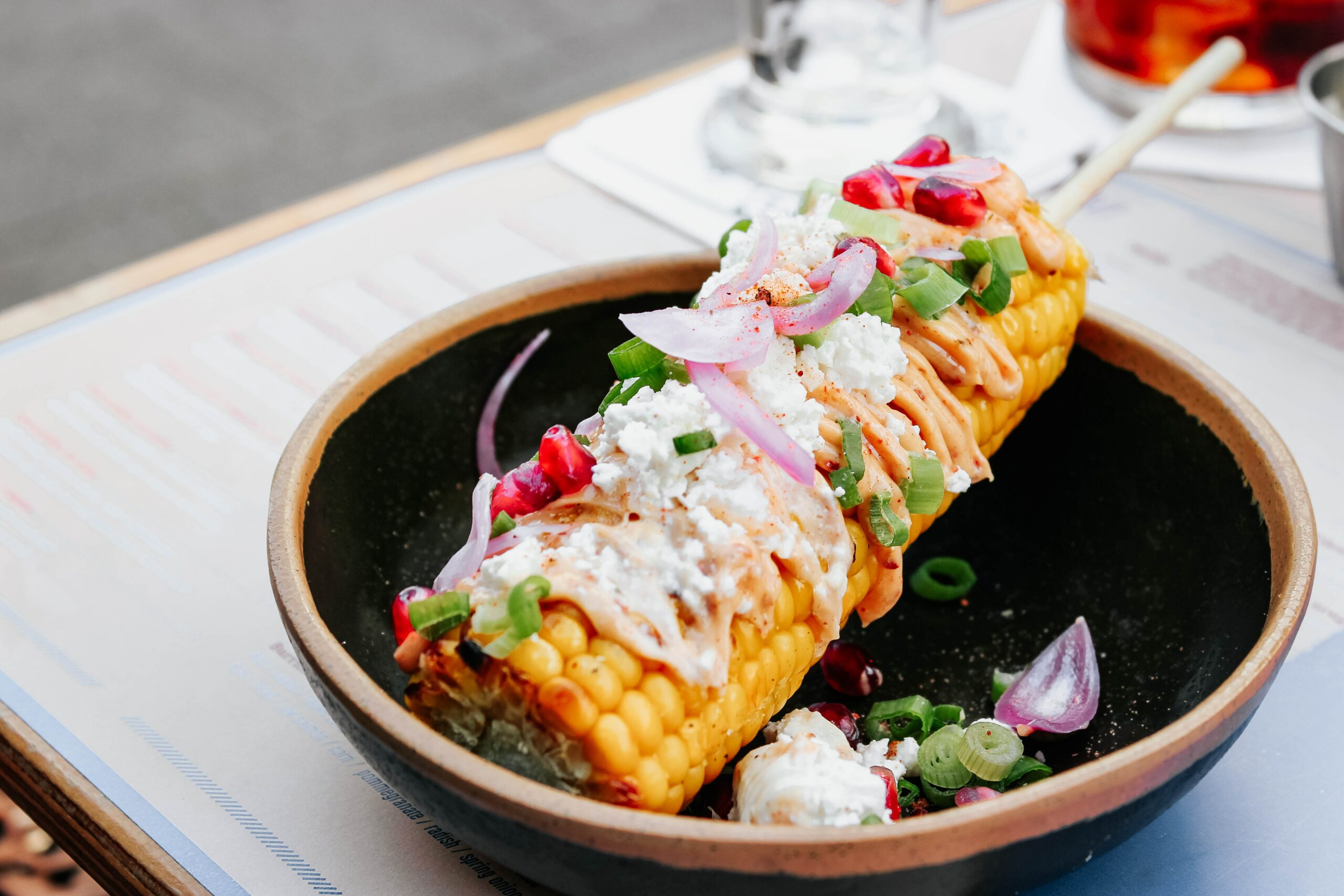
Buffets:
Unwanted germs thrive in buffets, another breeding environment. An increase in the number of bacteria attracted to food has been left out for an extended period. Don’t go to these sites at all. You’ll not only prevent a week of vomiting into foreign bathrooms, but you’ll also save yourself hundreds of unnecessary calories of Worst Foods by doing this.
Salad:
In light of the recent E. coli incident in the United States, we should all be extra cautious about what we put in our salads going forward. While it’s best to avoid Worst Foods salads when you’re on the run, it’s not impossible. Choose pre-packaged food that hasn’t come into contact with any local water sources if you need a nutritious meal fix. Because the potential of contamination is always present when using fresh lettuce.


